Hemingway’s first big romance and the basis of the love story in A Farewell to Arms is immortalized in a new Seattle restaurant. the Romance lives.
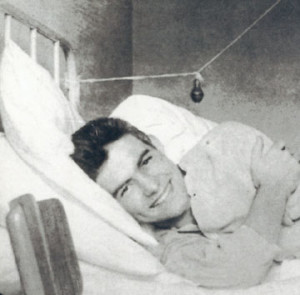
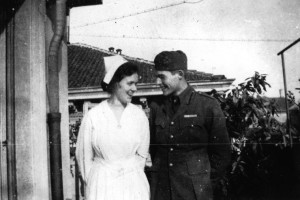
All about Hemingway
Hemingway’s first big romance and the basis of the love story in A Farewell to Arms is immortalized in a new Seattle restaurant. the Romance lives.



I subscribe to a number of RSS feeds and google alerts that keep me posted on all things Hemingway. So here are a few random developments.
1) Mariel Hemingway is producing a movie of Hemingway’s last book, A Moveable Feast, finished after his death and published initially in 1964. (Hemingway died in 1961).
2) Andy Garcia is wrapping up his movie about Hemingway and his boat captain, Gregorio Fuentes.
3) Coming out in the Fall is a possible Oscar contender called GENIUS, about
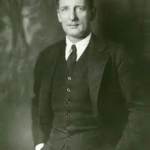
Hemingway’s editor Maxwell Perkins (played by Colin Firth) and Tom Wolfe (played by Michael Fassbinder). Dominic West plays Hemingway. All Brits playing Americans.
4) The Cuban government is working on how much access to permit to the Finca Vigia. Right now, the public can peer through windows but cannot go in.
5)Thomasville is having a Hemingway Outdoor furniture collection.
6) A man named Robert Wheeler spent a winter four years ago in Paris, retracing Hemingway’s time there in the early 1920s. He took a camera. And now he’s publishing a book, due out April 7. I can’t wait to se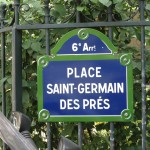 e it.
e it.

7) Before announcing the winner of the 2015 PEN/Hemingway Award for debut fiction, Beacon Press director Helene Atwan, administrator of the prize, made note of a major gift from the Hemingway family. The cash prize attached to the award was doubled this year to $20,000. Patrick, Hemingway’s remaining son, was on hand to assist in distributing the awards which took place at the JFK Library, home of he Hemingway Collection.

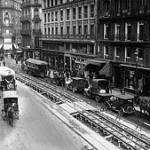
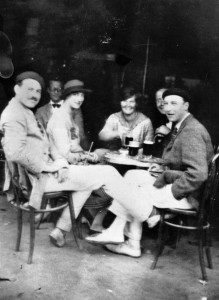
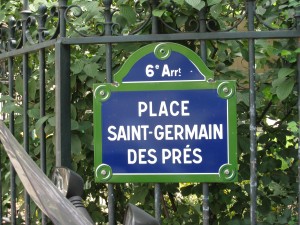
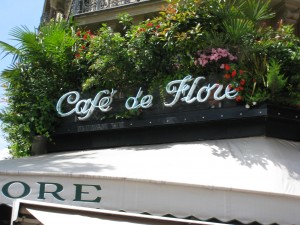
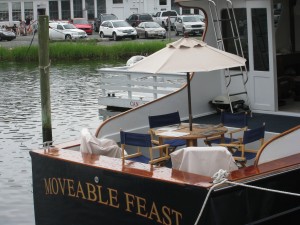
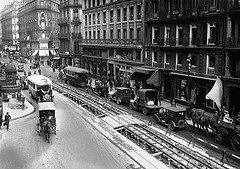
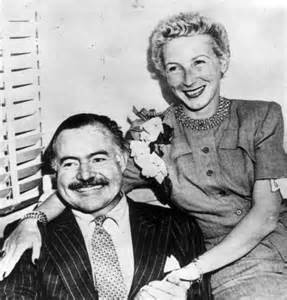
Minn. native Mary Hemingway, wife of Ernest, memorialized in Bemidji

Mary was Hemingway’s fourth wife and his widow. She took a fair amount of abuse. I was never certain if she truly loved him that much or if she loved being Mrs. Ernest Hemingway that much. She survived his infatuation with Adriana Ivancich, his bad behavior and heavy drinking that was the precursor to that bad behavior and she helped as ill health hit both of them, but particularly Hemingway.
Hemingway seemed to like all sorts of women but the kind that he married was level headed and smart. He never left Pauline for Jane Kendall Mason, beautiful though she was, as she was emotionally unstable. Hadley, Pauline, Martha, and Mary were all stable, intelligent women. All but Hadley were journalists in their own right. All but Martha were very deferential to Hemingway and perhaps that’s why he always said that was the one marriage he regretted.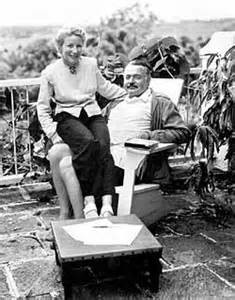
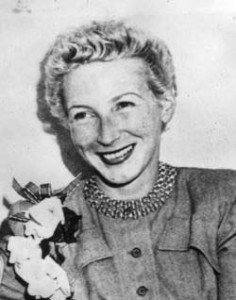
Anyway, Mary is being honored in her hometown in MN. All of the other three wives strangely were from St. Louis.



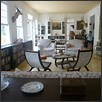




Now that Cuba has opened a bit, more opportunities for on location filming is possible. The new biopic about Hem’s declining years was just filmed and it sounds like the producer was able to use the actual Cuban locations. However, more of this should be possible in the future.

Hemingway brings to life the pleasures of a warm and friendly café, in his Paris memoir, A Moveable Feast.


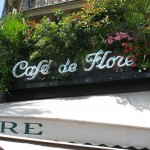
A fellow Hemingway fan, Will TIncher, has written a work of about 66,000 words exploring a fictional setting that follows Hemingway as an old man on a road trip with his aspiring baseball player neighbor, just before the actual death of Hemingway. He reconstructed possible conversations from all of Hemingway’s works and tried to show the sum of the man at the end of an incredible life. The text also offers a parallel narrative of the young ball player’s future experiences in the Vietnam War. Take a look!
